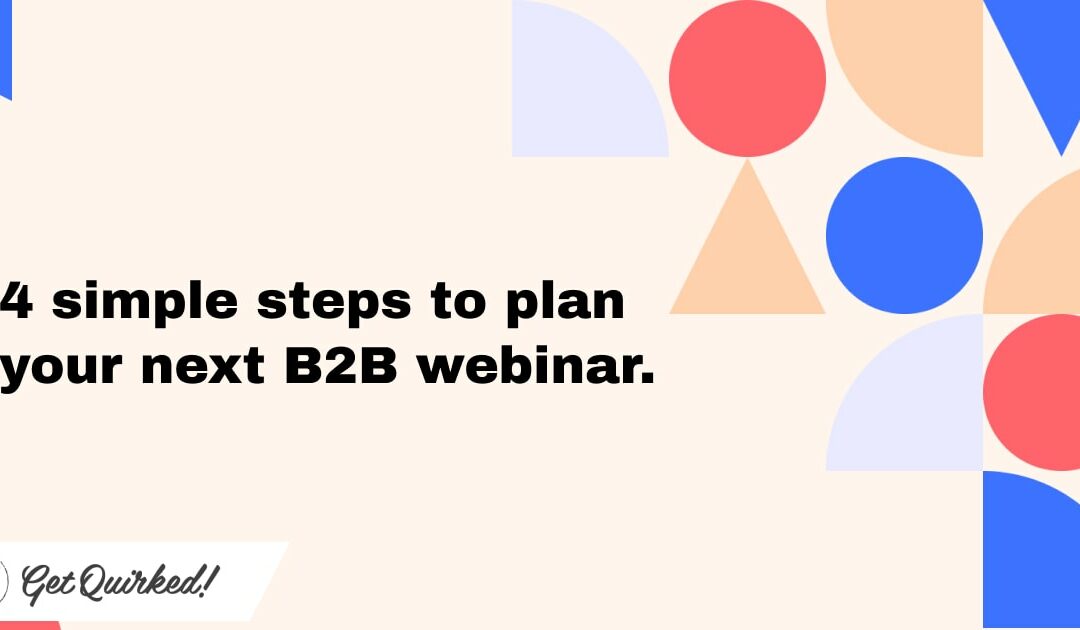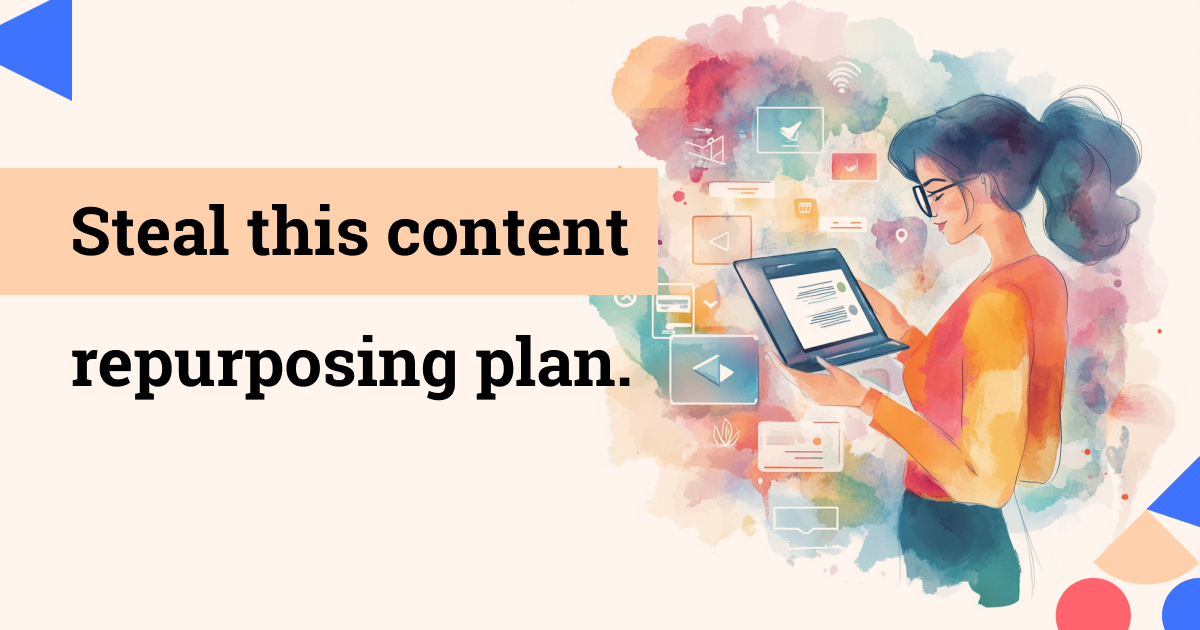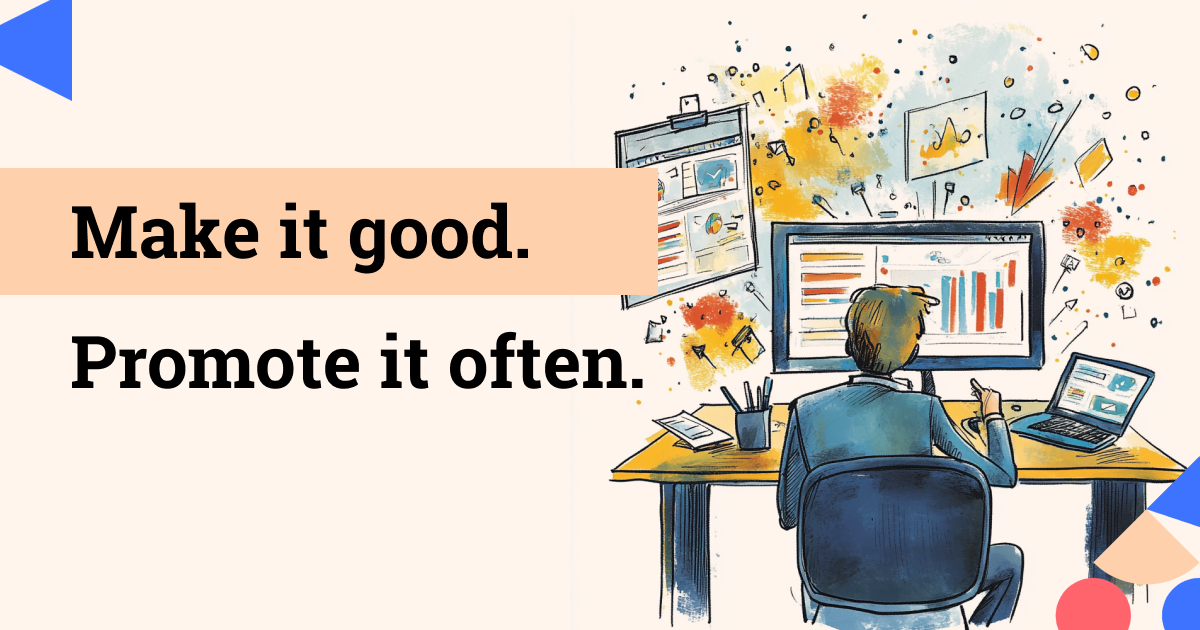Successful B2B webinars start with a well-thought out plan. Of course, right? But if you think back to your most recent webinar, did you create it with a clear topic and problem statement that was meaningful to your audience?
What about the journey that audience was on, did you clearly define what that journey was and how you’ve learned a thing or two on your many journeys with clients just like this audience?
Did you create and clearly identify what your audience’s next best step should be? Based on your best clients buying criteria? And did you very clearly call them to action? Especially those who match your best clients criteria?
Well, did you?
If you did, this article might not be for you. But you’re a better judge than I am of that, so keep reading if you want to.
If you did not do any of those things, read on and take notes.
Start Planning Your B2B Webinar
You’ll want to start with a simple framework, referenced from How to build better B2B webinars & get more attendees, without blowing your budget:
- Topic & problem statement, tease solution or outcome they desire (the promise you are making to your audience)
- Journey, the audiences and yours to finding/implementing this solution
- Next best step – call to action
In my opinion, these 3 core elements should always be first.
This will help you build your webinar more effectively in the next phase, creating your webinar outline and content.
Selecting your webinar topic and identifying the problem statement
Depending on which part of your customer journey you’re building your webinar for, your topic could be rather broad, very specific, or somewhere in between. Selecting the right webinar topic will help ensure you succeed in delivering on the goal of your webinar.
Sometimes, that’s specific target contacts & accounts attending & engaging like in an ABM motion meant to build visibility of your brand and drive specific actions within the target accounts. In this case, a vertical topic like “Generative AI in the Banking industry” may work well.
Next, you’ll need to define the problem statement that you will address with your webinar and the promise you’ll be making to your audience that you will fulfill on. Your problem statement helps provide specificity to your webinar topic. So if our topic is “Generative Ai in the Banking industry”, a few potential problem statements could be:
- How can my bank leverage generative AI without adding massive security risks?
- Can I keep customer satisfaction high while implementing generative AI in my bank?
- Where should I start using generative AI in my bank?
Each of these problem statements helps clarify our topic and be more specific. Now you can build your promise.
Creating the promise you will fulfill for your B2B webinar
When you invite someone to spend their time with you for any reason, you are making a promise. Typically that promise can be broken down to “Your time spent with me will be more valuable than anything else you could be doing at that exact moment.” When you create the promise for your webinar, you must keep that in mind.
Taking an example from earlier, let’s look at the problem statement “How can my bank leverage generative AI without adding massive security risks?”
First, how we think about this promise for ourselves: “I will identify and explain 5 highly secure ways that banks can use generative AI.”
Next we need to turn that into a promise for the audience. “You’ll walk away with 5 ways you can use generative AI in your bank without adding massive security risks to the business or your customers financial or personal data.”
This promise addresses the problem statement directly, gives clarity on expectation, and pulls on the emotions brought on by security risks to the business or customers data. It also helps you craft the journey section of your webinar.
The journey you take your webinar viewers on matters
Once we setup the problem we will address and make our promise to our desired audience, we can map out the journey we will take our viewers on.
This journey should incorporate at least 4 of the following:
- How the audience got to where they are today
- That you understand where the audience is today and how they got there
- How you’ve worked with clients just like them, with exactly the same or very similar problems and/or desires
- What you’ve learned in working with those clients
- What you’ve done with those clients to help them move forward
- (when possible) What those clients feel like now, having moved forward
- (when possible) What the work you did with those clients made possible, achieved, etc.
The most important are “How the audience got to where they are today”, “You understand where they are today and how they got there”, “What you’ve learned by working with similar clients”, and “What you’ve done with your clients to help them move forward”.
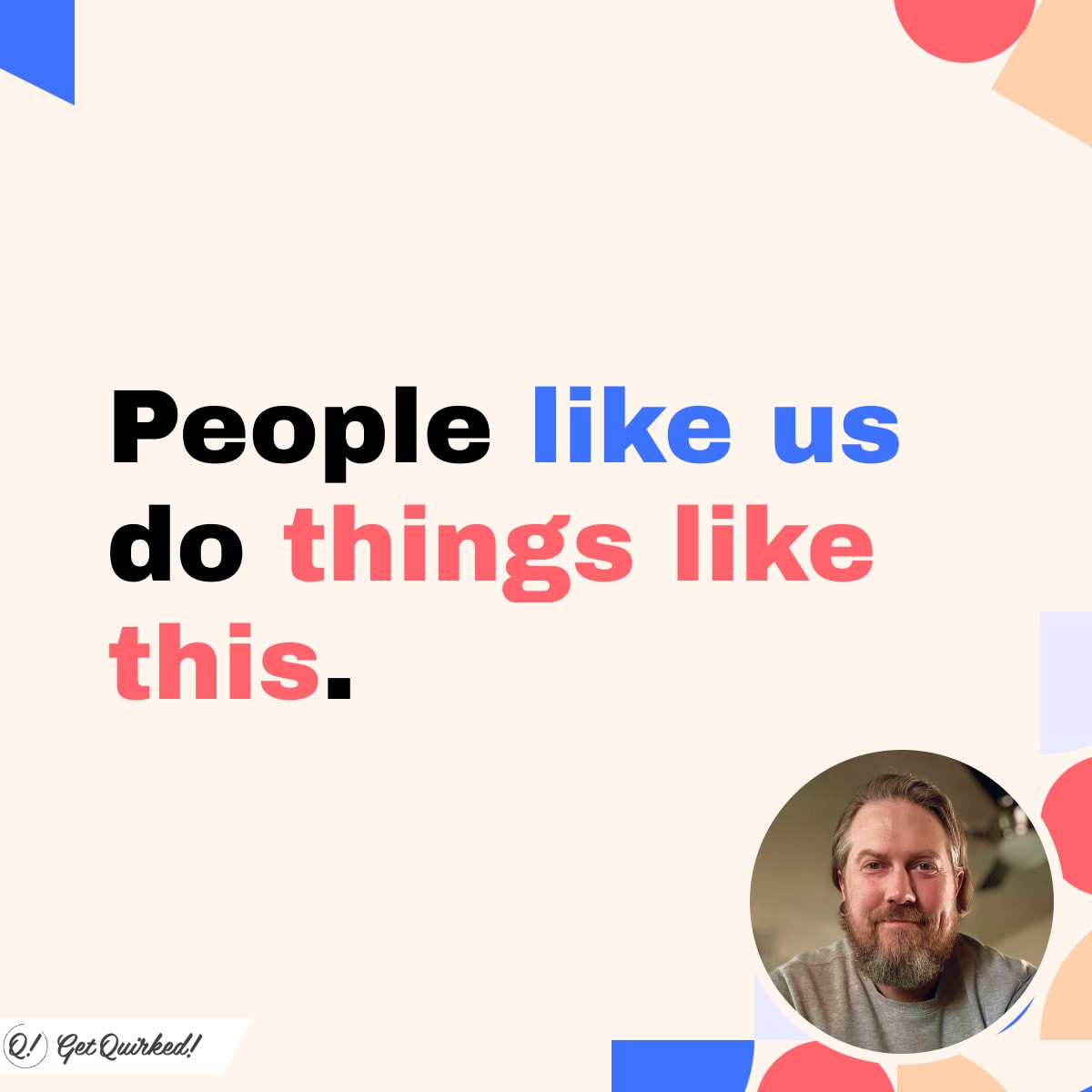
These can all be accomplished within 1-2 sentences at the very least, but should not be overly simplified just for brevity. This is crucial to building rapport with your audience and making them feel like you too are part of their crowd. To steal a chapter title from Seth Godin’s This is Marketing,
People like us do things like this.
Seth Godin – This is Marketing
How to call your B2B webinar attendees to action
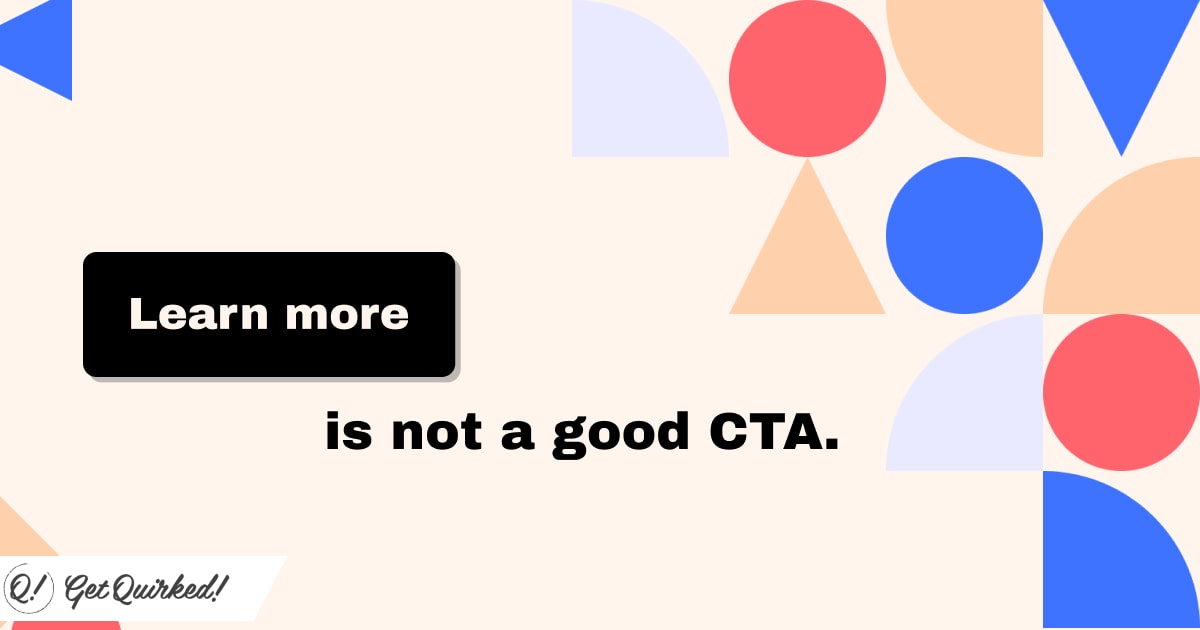
A call to action (CTA) is often not really presented with authority in B2B. “Would you like to learn more?” is not a CTA. “Learn more” is not a CTA.
A CTA should tap into the belief that “people like us do things like this”. It should very clearly be spelled out as the best possible next step the viewers of your webinar should take.
If your B2B webinar is geared toward brand building or thought-leadership, your CTA might be to the next best piece of content. On the flip side, if your webinar is geared toward those who can and should work with you as their next best step, that works too!
In both situations, you can and should be very clear about what you are guiding your audience to do next.
If brand building or presenting thought-leadership, your CTA might be “Now that you know X about Y, you’re likely asking yourself, ‘Yeah, but how?’… Right? Watch this 6 minute video to answer just that question and get 3 things you can do today to Z”.
If your webinar is trying to sell and close new clients, your CTA might be “With this information and your step-by-step guide to X, you can do Y in the next 6 months. If you want to do it even faster, say within the next 3 months, you and your leadership are all on-board, and you’ve got $X in your current budget then here’s what I want you to do…” Step 1… Step 2… etc.
How to simply plan your next B2B webinar
I’ve outlined a simple yet effective framework for planning your next B2B webinar.
Here are the key steps:
- Select your webinar topic and identify the problem statement: Choose a topic that’s relevant to your audience and clearly define the problem your webinar will address. Your problem statement should add specificity to your topic and set the stage for the promise you’ll make to your attendees.
- Create your promise: Your promise is a commitment to your audience about what they will gain from attending your webinar. Make sure it aligns with the problem statement and provides clear expectations for your attendees.
- Map out the journey: Build a narrative that resonates with your audience. Show them that you understand where they are coming from, share what you’ve learned from working with similar clients, and outline the steps you’ve taken to help those clients move forward.
- Determine your call to action (CTA): A strong CTA is essential to guide your audience towards their next best step. This could be a link to additional content or an invitation to work with you, depending on the goal of your webinar.
Remember, successful webinars are built on a clear understanding of your audience’s needs and a well-structured plan to meet those needs. With these steps, you’re well on your way to hosting an engaging and effective B2B webinar.

